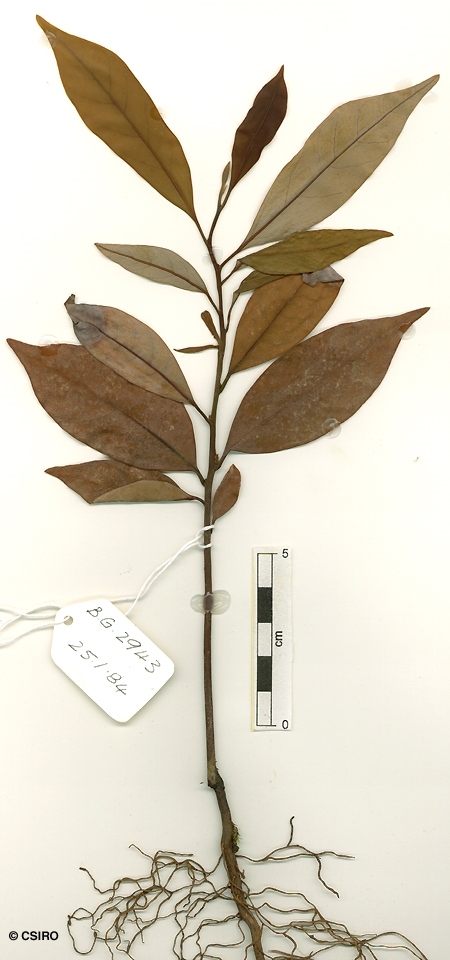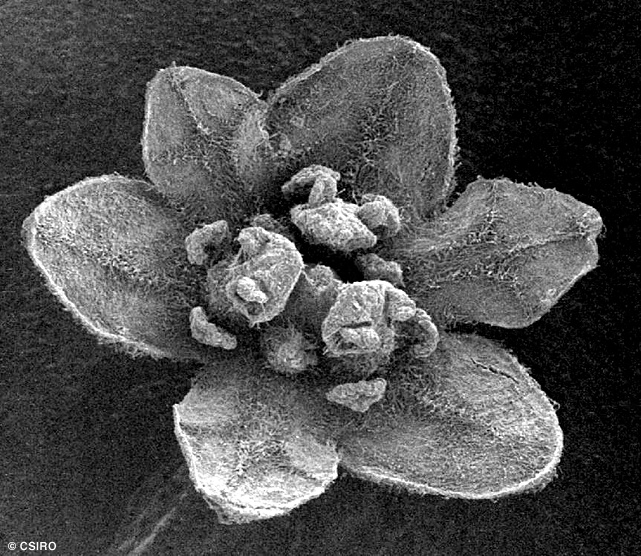Australian Tropical Rainforest Plants - Online edition
Endiandra dichrophylla F.Muell.






Mueller, F.J.H. von (1893) The Victorian Naturalist 9: 12. Type: Russells-River; Stephen Johnson.
Brown Walnut; Coach Walnut; Walnut, Coach; Walnut, Brown
A thin cream or pale brown layer generally visible beneath the subrhytidome layer before the first section of the outer blaze.
Twigs terete or fluted, clothed in straight, appressed, white or pale brown hairs. Leaf blades about 6.5-15.5 x 2.5-6 cm, glaucous or shiny brown on the underside, clothed in straight, appressed pale brown hairs. Midrib depressed or flush with the upper surface. Petioles channelled on the upper surface. Oil dots visible with a lens.
Fruits ellipsoid, about 22-28 x 10-12 mm. Seed about 20-26 x 8-10 mm. Cotyledons cream.
This species occasionally produces logs which are of millable size but they are seldom utilized. Wood specific gravity 0.77. Hyland (1989).





